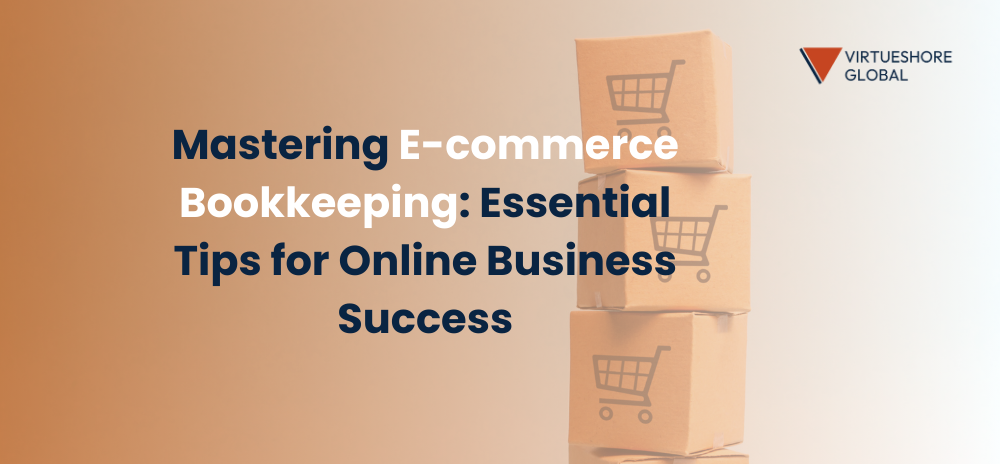To ensure e-commerce success, prioritize user experience and optimize for mobile. Leverage SEO strategies and social media marketing to drive traffic and sales.
E-commerce has revolutionized the way we shop, creating a highly competitive online marketplace. Achieving success in this digital arena demands a strategic approach that encompasses several key factors. A seamless user experience is critical, ensuring that your online store is navigable, fast-loading, and customer-friendly.
With the majority of online shoppers using mobile devices, a mobile-responsive design is non-negotiable. Search engine optimization (SEO) plays a vital role in making your website visible to potential customers. Integrating effective SEO practices will help your store rank higher in search engine results, increasing organic traffic. Social media marketing is another powerful tool that can significantly boost your online presence and engagement, leading to higher conversion rates. Crafting a successful e-commerce venture requires a blend of technical savvy, marketing acumen, and a keen understanding of your target audience’s needs and behaviors.
Crafting A User-friendly Website
A user-friendly website invites visitors to stay, browse, and buy. It’s the digital storefront that must be welcoming and easy to navigate. The success of your e-commerce venture hinges on how effortlessly users can find and interact with your products. Let’s explore how to make your website a delightful experience for every visitor.
Streamlining Navigation-Tips for E-Commerce Success
Clear navigation is key for any e-commerce site. Users should find what they need in seconds. A well-organized menu, search bar, and intuitive layout are crucial. Use categories and subcategories effectively. Here’s how:
- Keep menus visible at all times.
- Limit categories to avoid confusion.
- Include a search function for quick access.
- Use breadcrumbs so users track their path easily.
Optimizing For Mobile Devices
With more users shopping on their phones, mobile optimization is a must. A mobile-friendly site must load fast, display correctly, and be easy to use on smaller screens. Here’s a checklist to ensure mobile readiness:
| Feature | Importance |
|---|---|
| Responsive design | Ensures proper display on all devices |
| Touch-friendly buttons | Improves usability for touchscreen users |
| Fast loading times | Keeps users engaged and reduces bounce rate |
| Readable text | Ensures information is easy to read on small screens |

Credit: www.amazon.com
Leveraging Social Media Marketing
Optimizing For Conversion
Optimizing for Conversion is crucial for e-commerce success. This section focuses on techniques to increase your website’s ability to convert visitors into customers. Key strategies include A/B testing and effective call-to-action buttons.
A/b Testing For Better Results
A/B testing is a powerful tool to boost conversion rates. By comparing two versions of a webpage, you can see which performs better and make informed decisions.
- Test different elements: Headlines, images, and button colors can all impact performance.
- Gather data: Use analytics to collect data on user behavior.
- Implement changes: Apply the successful elements from your tests to optimize your site.
Clear Call-to-action Buttons
Call-to-action (CTA) buttons guide users on what to do next. Clear, compelling CTAs can significantly increase conversions.
| Element | Description |
|---|---|
| Size | Large enough to notice, not too big to distract. |
| Color | Use a color that stands out but fits the design. |
| Text | Direct and action-oriented (‘Buy Now’, ‘Learn More’). |
Review and refine your CTAs regularly to ensure they remain effective.

Credit: virtueshore.com
Credit: medium.com
Frequently Asked Questions
How To Be Successful In E-commerce?
To succeed in e-commerce, focus on user experience, optimize for mobile, utilize SEO strategies, offer exceptional customer service, and analyze data for insights.
What Are The Key Success Factors In E-commerce?
Key success factors in e-commerce include a user-friendly website, high-quality product images, reliable customer service, secure payment options, and effective marketing strategies.
What Is Needed For A Successful E-commerce Website?
A successful e-commerce website requires a user-friendly design, mobile optimization, fast loading speeds, secure payment options, and effective SEO strategies.
Conclusion
Navigating the e-commerce landscape can be challenging, yet rewarding. Embrace these core strategies to enhance your online presence and boost sales. Remember, consistent optimization and customer focus are key. Take action now to secure your spot in the competitive digital marketplace and watch your e-commerce venture thrive.
